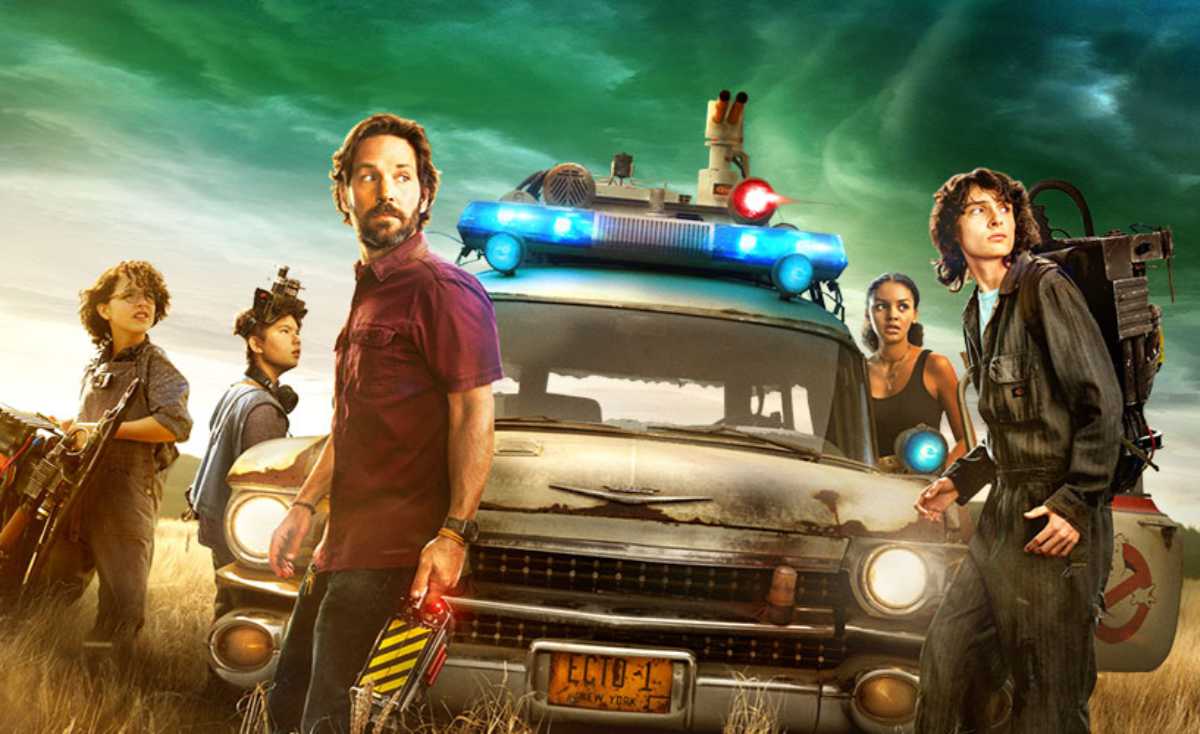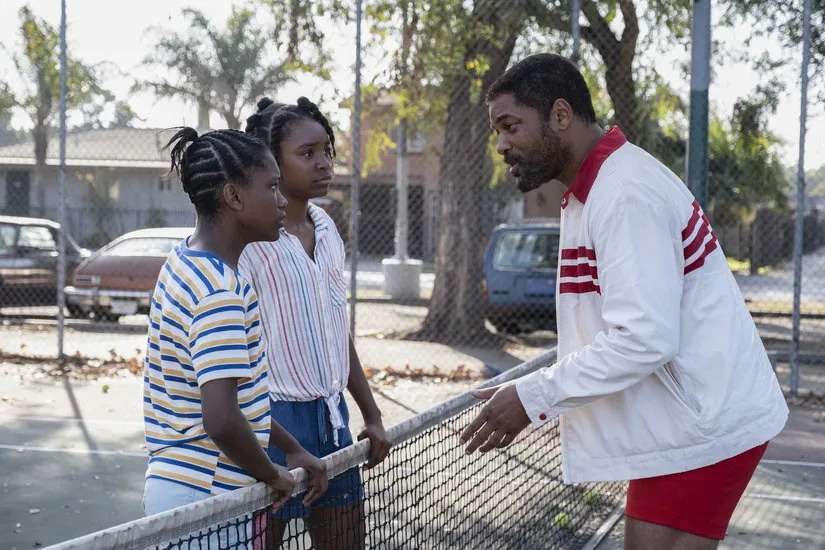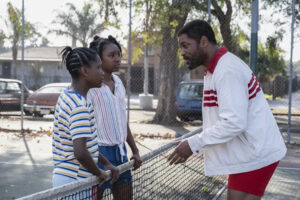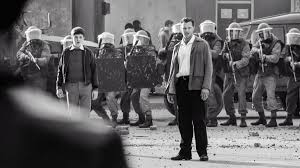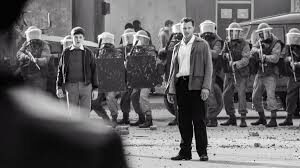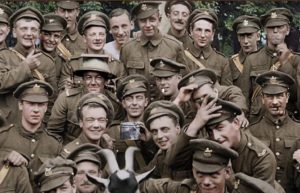Ghostbusters: Afterlife
Posted on November 18, 2021 at 5:48 pm
B-| Lowest Recommended Age: | Preschool |
| Profanity: | Some strong language |
| Alcohol/ Drugs: | None |
| Violence/ Scariness: | Extended occult-style peril and violence, sad death, discussion of parental abandonment |
| Diversity Issues: | None |
| Date Released to Theaters: | November 19, 2021 |
| Date Released to DVD: | January 24, 2022 |

The original film was about three adult scientists played by Bill Murray, Dan Aykroyd, and Harold Ramis (the last two co-wrote the film with Rick Moranis, who also appeared in the film), who with a colleague played by Ernie Hudson start a firm that will capture and imprison ghosts and other supernatural creatures. And it captured something of the gritty In Ghostbusters: Afterlife, it is tweens and teenagers who happen upon some of the ghost-busting equipment when a struggling single mom (Carrie Coon) inherits a near-collapsing old Oklahoma farmhouse from the estranged father who deserted her when she was a child. She moves in with her two children, !5 year old Trevor (“Stranger Things'” Finn Wolfhard) and 13-year-old STEM genius Phoebe (Makenna Grace in a lovely performance). They make friends with two local kids Lucky (Celeste O’Connor) and Podcast (because he is constantly recording podcasts), played by Logan Kim. When Phoebe takes a summer school science class with a bored seismologist (Paul Rudd as Gary) who is investigating the unusual earthquakes in the area, he recognizes some of the equipment she found in the house as belonging to the original Ghostbusters. They were so successful in eradicating the ghosts and other creatures (including the gigantic Stay-Puff Marshmallow Man) from New York that there was not much more for them to do.
You’d think Gary, knowing all this, would not want to open up the ghost-trap, but this not the kind of movie where characters behave in a logical manner because the plot requires them to do many dumb things, except when it requires Phoebe to be an expert at everything from lock-picking to analog mechanics. (She does get a little help from a friendly spirit.)
This one doesn’t come close to the original’s exceptionally deft balance of comedy, supernatural effects, and thrills, mostly because appealing as they are, the kids at the center of the story don’t have the raffish charm or gritty setting of the original team. It’s more of a Nickelodeon version (not up to the standards of Walden or Disney), and the underuse of Coon and Rudd is unforgivable. Like the Stay-Puff marshmallow creature update, this film is the pocket-size version, small in scares, small in laughs, and likely to be forgotten by the time you get to the parking lot.
Parents should know that this film has some strong language and extended fantasy/occult peril and violence as well as discussion of parental abandonment.
Family discussion: What surprising history can you learn about your grandparents? Would you listen to Podcast’s podcast? If you were going to make a podcast, what would it be about?
If you like this, try: the original “Ghostbusters” film and the under-appreciate 2016 reboot with Kristin Wiig, Melissa McCarthy, Kate McKinnon, and Chris Hemsworth

